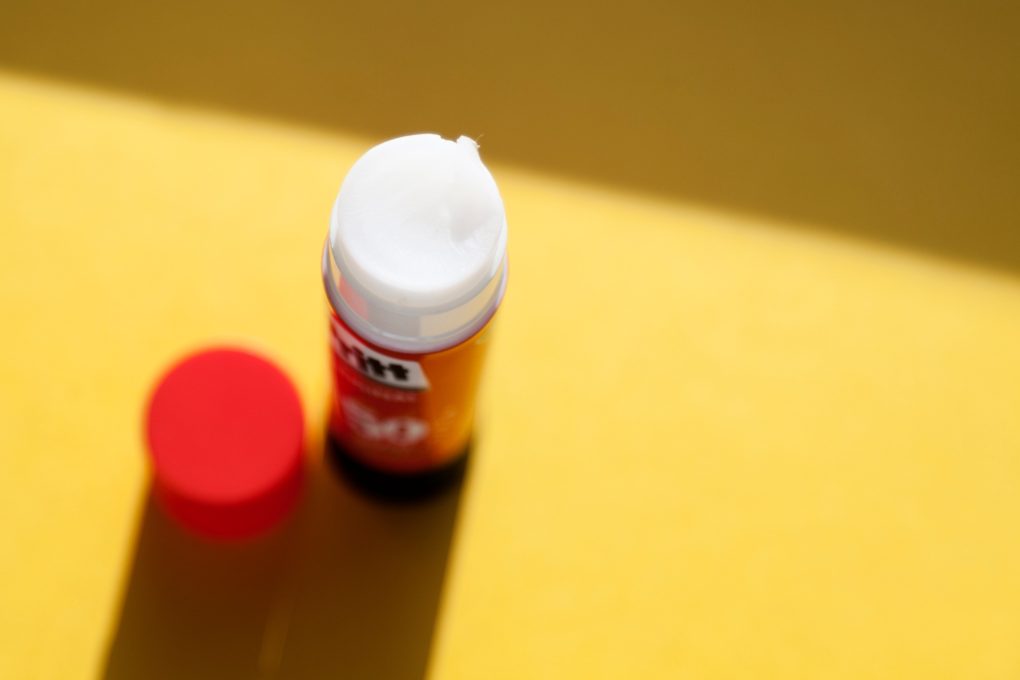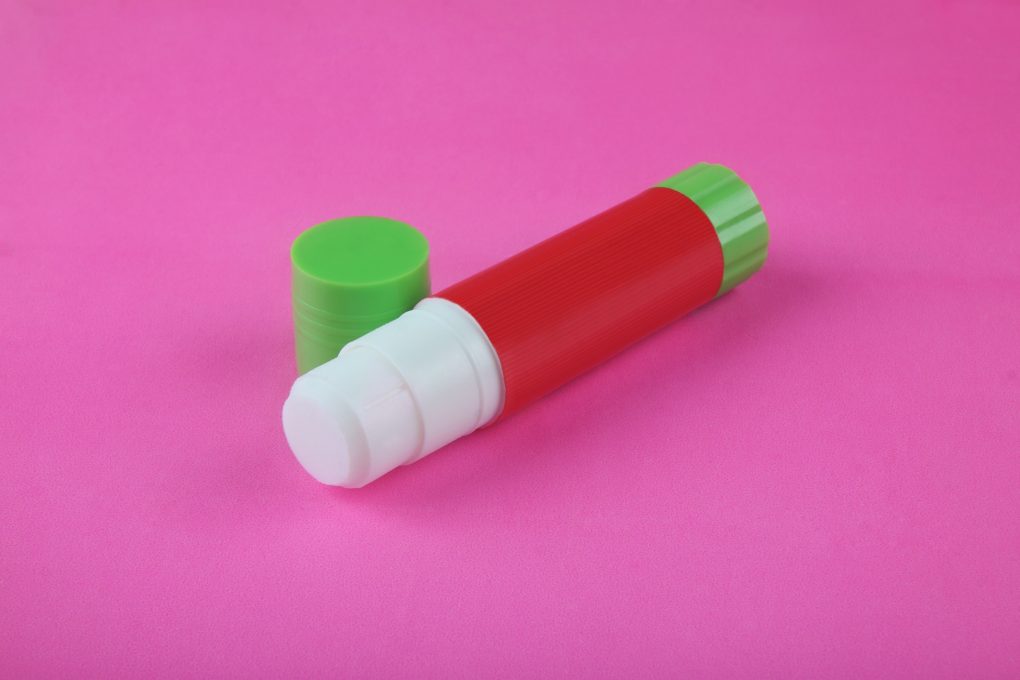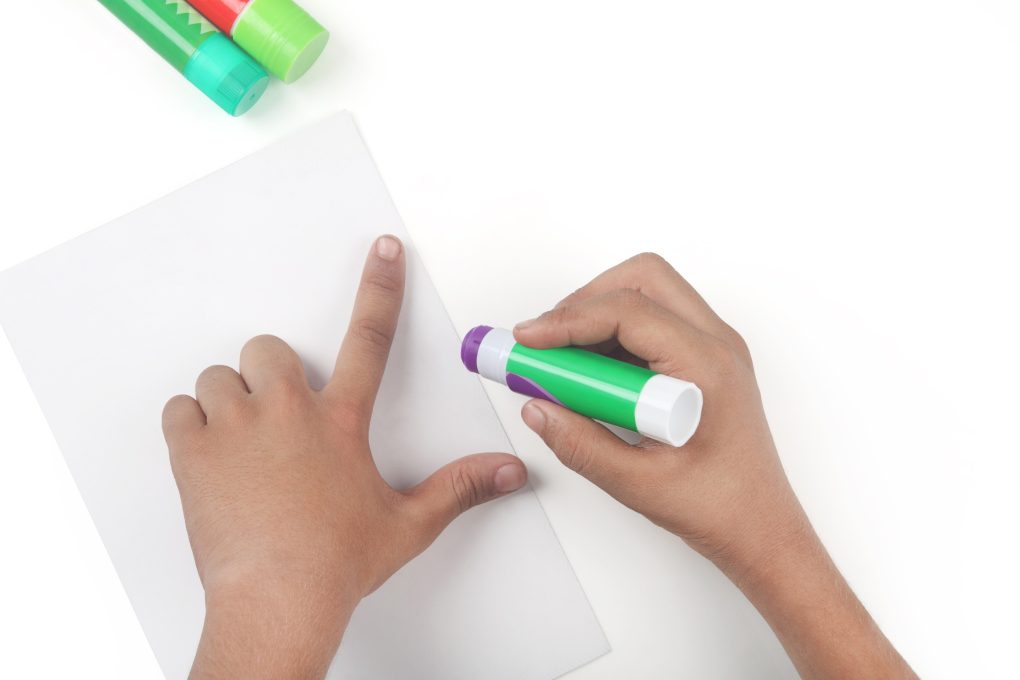How Long Do Glue Sticks Last: Understanding the Factors That Affect the Lifespan of Glue Sticks
Glue sticks have an average life of one year. The lifespan of glue sticks depends on several factors, including how often they are used, how they are stored, and how much they are exposed to air. Unopened and unused glue sticks tend to last longer than opened and frequently used glue sticks.


It is important to check whether a glue stick is still usable before applying it to any project. When a glue stick is dry, it will harden and become unusable. The glue stick will eventually dry out even when stored in a sealed container, so storing them correctly and monitoring their lifespan is crucial.
Factors That Affect Glue Stick Lifespan
Storage Conditions
Extreme temperatures, both hot and cold, can affect the consistency and effectiveness of glue sticks. High temperatures can cause the glue to soften or even melt, resulting in a runny, less viscous consistency that may be difficult to apply evenly. This can also cause the glue to leak or ooze out of the glue stick container, leading to wastage and mess.
On the other hand, low temperatures can cause the glue to harden, making it less pliable and challenging to apply. In some cases, the glue may freeze, rendering it completely unusable. So it’s best to store glue sticks in a cool, dry place, away from direct sunlight and extreme temperature fluctuations, to maintain their optimal performance and extend their lifespan.
High humidity can also impact the lifespan of glue sticks. In a humid environment, the glue can absorb moisture from the air, resulting in a softer consistency that may be sticky and difficult to work with. It may take longer to dry or cure, reducing its effectiveness as an adhesive.
High humidity can also promote the growth of mold or mildew, which can contaminate the glue stick and affect its performance. It’s ideal for storing glue sticks in a low-humidity environment or in airtight containers to prevent moisture absorption and maintain their quality.
Exposure to air can also affect the lifespan of glue sticks. Glue sticks rely on their moisture content to function effectively as adhesives. If the glue stick is left uncapped or not properly sealed, the moisture in the glue can evaporate, causing the glue to dry out and harden.
This can result in reduced adhesive performance and a shortened lifespan of the glue stick. Therefore, it’s important to tightly cap or seal the glue stick after each use to prevent air exposure and preserve its moisture content.
Contamination of glue sticks with dirt, dust, or other foreign substances can also impact their lifespan. For example, contaminants can affect the quality and consistency of the glue, making it less effective as an adhesive.


Contaminated glue sticks may have reduced tackiness or bonding strength and may not perform as expected. Therefore, it’s essential to keep the glue stick and its application surface clean to prevent contamination and maintain the optimal performance of the glue stick.
Rough handling or accidental damage to the glue stick container can also impact its lifespan. For example, cracks, dents, or other physical damage to the container can allow air or moisture to enter, causing the glue to dry or harden.
This can result in reduced performance and a shortened lifespan of the glue stick. Therefore, it’s important to handle glue sticks with care and store them in containers that are in good condition to prevent physical damage and extend their lifespan.
Quality of Glue
High-quality glue with superior bonding strength typically results in a longer-lasting bond that can withstand stress, strain, and environmental factors. In contrast, low-quality glue may result in weak bonds prone to failure. The consistency and viscosity of the glue, which determines its thickness and flow, can also impact the lifespan of glue sticks.
High-quality glue sticks typically have a consistent consistency and viscosity, allowing for smooth and even application, which helps create a strong bond. In contrast, low-quality glue may have inconsistent consistency or viscosity, leading to uneven application, clumps, or streaks, resulting in weak bonds and reduced effectiveness.
The adhesive quality used in glue sticks can also affect their shelf life, which refers to the period during which the glue stick can be stored without losing its effectiveness. High-quality glue sticks generally have a longer shelf life, formulated with stable and durable adhesive components that can maintain their performance over time.
On the other hand, low-quality glue sticks may have a shorter shelf life, as they may degrade or lose their adhesive properties more quickly, resulting in reduced effectiveness and a shorter lifespan.


The quality of glue used in glue sticks can also determine their resistance to environmental factors such as temperature, moisture, and UV exposure. High-quality glue sticks are often formulated to be more resistant to these factors, which can help maintain their effectiveness and lifespan even in challenging environments.
In contrast, low-quality glue may be more susceptible to damage from environmental factors, leading to reduced bonding strength and a shorter lifespan. Using high-quality glue sticks specifically designed for the intended application and following the manufacturer’s instructions for usage and storage can help ensure optimal performance and extend the lifespan of glue sticks.
Investing in quality glue sticks may initially cost more. Still, it can result in stronger bonds, faster drying or curing times, and longer shelf life, ultimately saving time, effort, and materials in the long run.
Frequency of Use
The more frequently glue sticks are used, the more glue is consumed from the stick. Over time, this can lead to the depletion of the adhesive material in the glue stick, reducing its overall lifespan. As the glue stick gets used up, the remaining glue may become harder to access, resulting in reduced effectiveness and difficulty in applying the glue evenly.
Each time a glue stick is used, it is exposed to air, impacting its performance and lifespan. Exposure to air can cause the glue to dry out or cure prematurely, reducing bonding strength and effectiveness as an adhesive. Frequent exposure to air can also result in the glue stick becoming harder or more brittle, making it less pliable and easier to use.


Frequent use of glue sticks can result in wear and tear on the physical components of the glue stick, such as the twist mechanism, cap, and nozzle. Repeated twisting, capping, and uncapping can cause these components to degrade or malfunction, affecting the glue stick’s ease of use and overall lifespan. Handling and storing glue sticks carefully is important to minimize wear and tear from frequent use.
Frequent use of glue sticks may increase the likelihood of contamination, as the glue stick can come into contact with various surfaces and substances. The frequency of use can also impact the curing or drying time of the glue.
Glue sticks typically require some time to dry or cure after application to reach maximum bonding strength. However, frequent use may require more glue time to fully cure or dry between applications, resulting in weaker bonds and reduced effectiveness.
